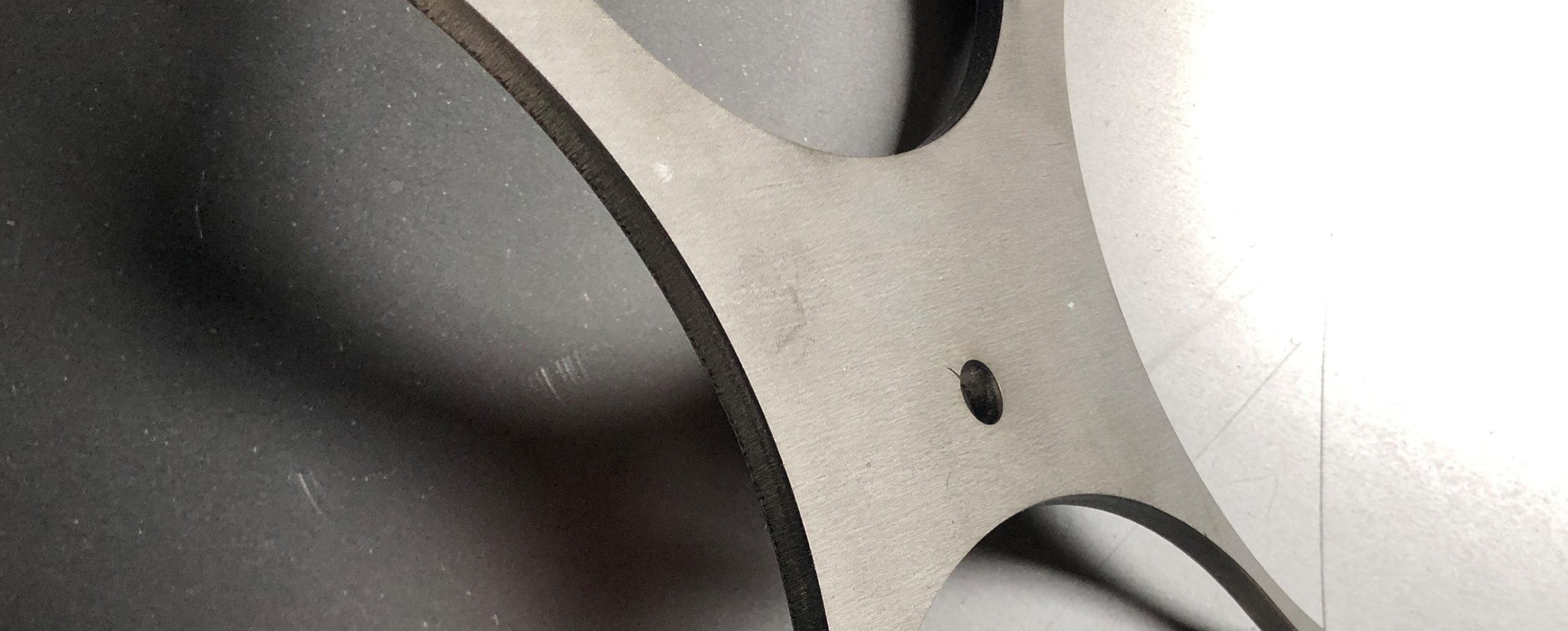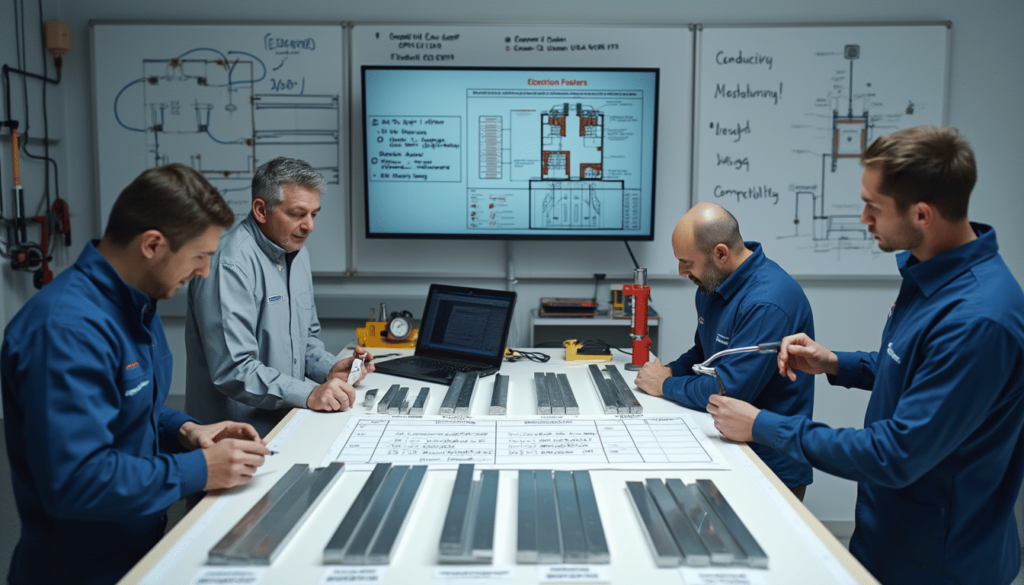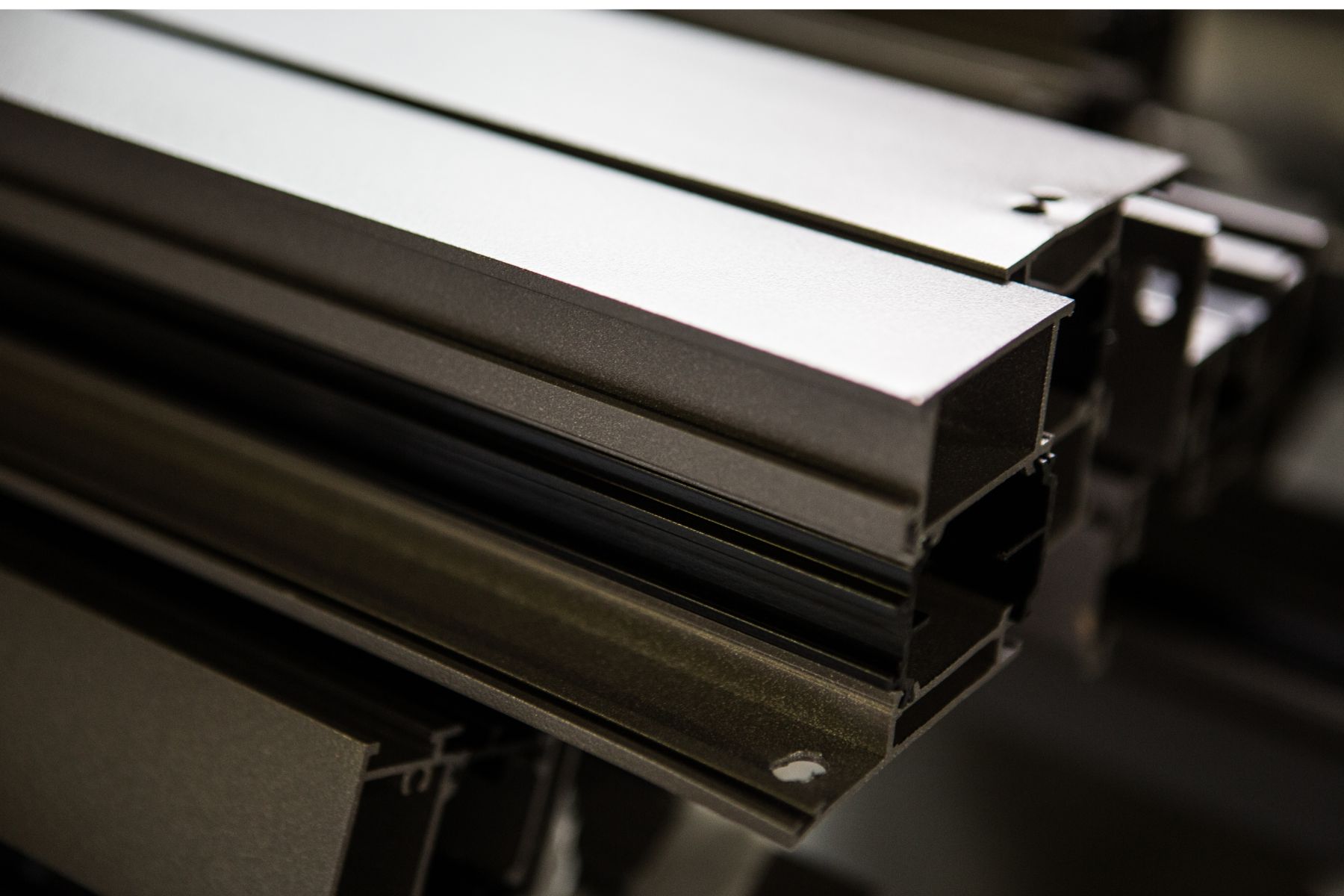Key Factors to Consider When Selecting Aluminum Busbars for Electrical Systems
When selecting the ideal aluminum busbars for electrical systems, several key considerations come into play. Understanding these factors is essential for ensuring optimal performance and safety in any given project. Aluminum bus bars are pivotal components in electrical constructions, owing to their conductive efficiency and favorable weight characteristics compared to other metal products. However, selecting the appropriate aluminum busbar involves taking a comprehensive look at various factors that pertain to its use and application.
The first of these key considerations is the material composition of the aluminum busbars. Aluminum’s inherent characteristics make it an advantageous choice due to its light weight and low resistance, ensuring efficient electricity conduction. The selection process should scrutinize the alloy and tempering processes since each influences the final electrical efficiency and structural integrity. In particular, choosing materials with a coating that enhances corrosion resistance can prolong the lifespan of the busbars, especially in environments where exposure to moisture is unavoidable.
Another important factor to consider is the busbar’s ampacity, which refers to the amount of current the aluminum bus can carry. It’s crucial to choose a busbar with an ampacity rating that meets the electrical requirements of the system. This ensures safe operation and prevents overheating or failure. Additionally, understanding the project’s specific power needs and current distribution is vital when selecting the appropriate configuration—a single bus bar or multiple busbars—that will serve the application most effectively.
The busbar’s weight and the role it plays during installation mustn’t be overlooked. Aluminum busbars are preferred in many installations due to their reduced weight, which eases the installation process and reduces structural loads. Nonetheless, it’s essential to weigh this advantage against the specific design and layout of the project to achieve the desired results. By considering these factors, the installation process becomes more manageable and efficient, paving the way for a successful setup.
Additionally, insulation plays a crucial role in maintaining the performance and safety of aluminum busbars in electrical systems. Proper insulation prevents unwanted energy dissipation and mitigates the risk of electrical faults. The busbars should be selected with insulation compatible with the environmental conditions in which they will operate. This involves evaluating the installation site and ensuring that the chosen insulation material fits the operational requirements.
Lastly, the material choice hinges not only on these considerations but also on the project’s budget and environmental impact. With various aluminum products available, making an informed decision requires balancing all these elements to ensure the chosen aluminum busbar meets all essential criteria. Ultimately, the careful consideration of these factors ensures the busbar’s efficiency, safety, and longevity in any electrical system. Therefore, comprehensive evaluation throughout the selection process is paramount.
Choosing the Right Materials for Your Project
When it comes to selecting the right materials for your project, understanding the properties and applications of aluminum bus bars is critical. Aluminum bus bars are preferred in many electrical systems due to their lightweight nature, offering significant advantages in terms of efficiency and ease of installation. However, before you choose aluminum busbar solutions for your application, it’s essential to consider several key factors such as resistance, weight, corrosion, and performance.
The selection process begins with evaluating the main requirements of the electrical system you’re designing. Aluminum bus bars, known for their lightweight properties, are a practical choice when weight is a limiting factor or when minimal structural support is available. In contrast, copper bus bars are often selected for applications where higher conductivity is essential due to copper’s inherent electrical efficiency. Understanding the differences in aluminum and copper bus properties is vital for making an informed decision.
Corrosion resistance is another critical factor to consider when choosing materials for your project. Aluminum offers excellent resistance to corrosion, which is particularly important in environments where moisture is present or where long-term exposure to elements could affect performance. On the other hand, while copper busbars also resist corrosion well, they may require additional protective coatings to ensure longevity, increasing both cost and maintenance needs.
Another consideration in choosing between aluminum and copper busbars is their installation requirements. The lightweight nature of an aluminum busbar significantly reduces the effort and cost associated with installation. This benefit makes aluminum busbar solutions appealing for projects where ease of handling and transport are paramount. Furthermore, the reduced weight of aluminum lowers the mechanical stress on other components of the electrical systems, contributing to overall sustainability.
It’s important to also weigh the efficiency and performance characteristics of the materials. Aluminum bus bars offer decent electrical performance, but copper bus could be the better choice when dealing with higher current capacities due to its superior conductivity. Consequently, when selecting the appropriate bus bar or busbars for your application, consider these aspects relative to the specific needs and demands of your electrical system.
In conclusion, choosing the right materials such as aluminum bus bars involves a careful assessment of factors such as application demands, weight limitations, resistance to corrosion, and overall system performance. By understanding these key factors, you can effectively select materials that not only meet technical specifications but also support the project’s efficiency and long-term reliability. At AP Precision Metals, we aim to provide you with the latest news and insights to help you navigate the complexities of electrical material selection, ensuring your project surpasses both expectations and regulatory standards. Let our expertise guide you in choosing the best materials for your next project while considering all necessary factors to optimize your system’s performance.
One Busbar or Multiple? Deciding On the Best Configuration
In the world of electrical systems, the decision to use one aluminum busbar or multiple busbars is crucial. AP Precision Metals emphasizes the importance of evaluating efficiency, performance, and conductive properties when choosing the appropriate configuration for your specific application. Selecting the right aluminum bus configuration requires understanding the interplay between several factors, including weight, resistance, and the particular needs of your project.
Aluminum bus bars are widely favored in various applications due to their favorable conductive properties and lower weight compared to copper alternatives. However, choosing either a single bus bar or multiple aluminum busbars depends largely on the main project requirements. For instance, a single aluminum busbar could be sufficient for applications where the load demand is relatively low or where space constraints are a consideration. In such scenarios, the simplified design of one busbar allows for streamlined installation and reduced weight, which could lead to cost efficiencies.
On the other hand, opting for a multiple busbar configuration can be more advantageous in applications where spreading the load over several busbars is essential for optimal performance. Multiple busbars enhance power distribution efficiency, lowering the electrical system’s resistance and distributing heat more evenly, which is a frequent consideration in high-power applications. This configuration might also be critical when the electrical application necessitates redundancy for increased reliability, especially in industrial or commercial setups that demand continuous operation.
Moreover, the materials used in the construction of these busbars, specifically aluminum, must be considered, as they play a significant role in the overall performance of the busbar system. Aluminum’s inherent conductive properties and its favorable weight-to-strength ratio make it an ideal choice for a wide array of applications. Yet, understanding the news and advancements in insulation and laminated aluminum bus technology is equally important, as these innovations can offer improved performance and durability, further influencing the configuration decision.
Ultimately, selecting the right bus configuration is a balance of assessing the load requirements, understanding the materials properties, and factoring in both the initial installation and long-term operational costs. Whether choosing a single aluminum busbar or a multiple bus configuration, professionals must continually weigh these considerations against the project-specific demands to ensure they make informed decisions. AP Precision Metals is committed to providing comprehensive insight into these considerations, reinforced by the latest market trends in power systems and aluminum bus products.
Handling Installation: The Role of Weight and Resistance
When handling installation in electrical systems, the weight and resistance of aluminum bus bars play a significant role. Aluminum busbars are known for their lightweight properties, which provide a distinct advantage over traditional copper bus options. This reduction in weight not only facilitates easier handling during the installation process but also potentially reduces structural support requirements, making them an ideal choice for a wide range of applications. Selecting aluminum busbars can lead to improved efficiency in the installation phase of a project, especially when the configuration of bus bars is crucial to the layout of electrical loads.
Despite aluminum busbars being lightweight, they’re also conductive enough to handle substantial loads effectively. The conductive nature of aluminum is key to its performance in power applications, ensuring that the delivery of electricity remains efficient. However, it’s vital to consider that the resistance of aluminum is higher than that of copper bus bars. This factor should be weighed when choosing materials for your electrical project, as resistance impacts overall ampacity and the ability of the busbar to conduct electricity efficiently.
The choice between aluminum and copper bus materials often comes down to understanding the equivalent conductive properties each offers. While copper provides less resistance and might be preferred for certain high-performance scenarios, aluminum remains a cost-effective and lightweight alternative, capable of delivering impressive results when the selection factors include weight and installation ease. Considering these aspects, aluminum bus bars are often favored where fabrication and project budgets are constrained; their properties afford a compelling balance between cost and efficiency.
When you’re considering aluminum busbars for your next project, pay close attention to their ampacity and how it aligns with the anticipated loads in your system. The configuration of the busbar plays an important role in ensuring that the selected materials meet the conductivity and resistance requirements. It’s critical to assess the performance characteristics of the aluminum bus too, such as how it stands up to equivalent conditions where copper bus solutions might be typically used.
Another essential aspect to reflect on during the installation and configuration phase is how the weight of aluminum can positively impact the overall logistics of your electrical applications. Not only does this lightweight nature ease the process of maneuvering and positioning, but it can also reduce the time and labor costs associated with installation. Hence, choosing aluminum busbars often results in increased project efficiency.
While copper bus bars may offer lower resistance, the advantages provided by the lighter weight and satisfactory conductivity of aluminum busbars can offer a balanced solution for many projects. In conclusion, the properties of aluminum bus bars, when aligned with the project requirements, provide a solid foundation for selecting the most suitable and efficient conductive materials for your electrical installations. Always consider the role of weight and resistance as integral factors when handling installations to ensure optimal performance across various scenarios.
In summary, selecting the right aluminum busbars for your electrical systems is crucial to ensure optimal performance and longevity. By focusing on factors such as conductivity, thermal expansion, mechanical strength, and customization, you can make informed decisions that enhance the efficiency of your installations. At AP Precision Metals, we are committed to providing high-quality aluminum busbar solutions tailored to meet diverse application needs. For expert guidance and customized solutions, feel free to reach out to us. Trust in our expertise to support your electrical system requirements efficiently and effectively.


